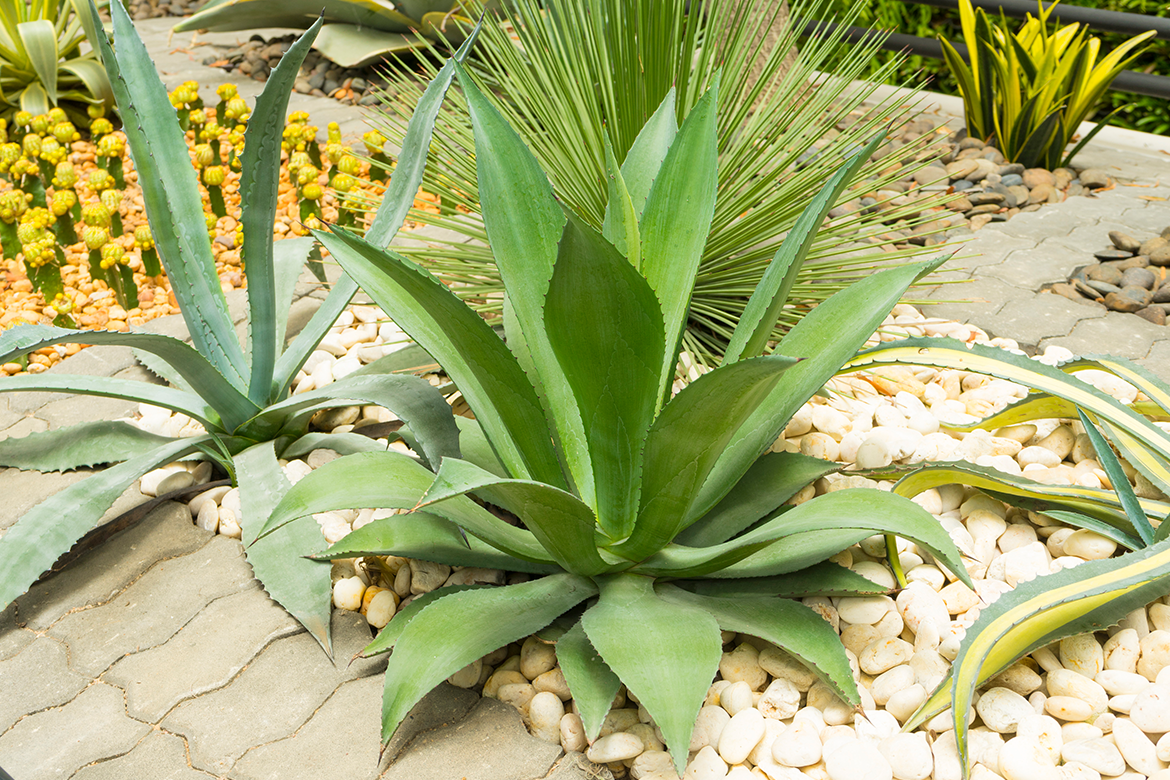Spring is arriving and now’s a good time to look at this year’s home improvement options. If you’re looking to go greener this year while maintaining style, you can accomplish your goals in several different ways.
Related: Energy-Efficiency with Style: All Black Frames in Vinyl
Garage and Attic Insulation & Ventilation
Garage and attic areas are often overlooked when it comes to insulation. Yet, these two key areas often allow a lot of energy to escape. This can be a significant hit to your utility bill. According to the U.S. Environmental Protection Agency (EPA), you can save roughly 15% in heating and cooling expenses by adding insulation to these spaces.
When you think of insulation, you probably envision the color pink. But traditional pink insulation isn’t exactly environmentally friendly. The good news is today your options are expanded. Why not swap the pink for green? Many modern insulation options are made with safe and sustainable materials that are both energy efficient and earth friendly. These products also have high R values, a measure of how well insulation prevents heat from entering or leaving your home. Options include:
- Aerogel
- Sheep’s wool
- ThermaCork
- Denim
- Cellulose
- Icynene
- Polyurethane
Insulation helps you to seal your cracks and crevices with insulation, but like many things in life, you don’t want too much of a good thing. While creating a tighter seal helps prevent airflow, you also want to keep some level of ventilation. You can do this with natural ventilation, whole house fans, energy saving exhaust fans, and energy recovery ventilation options. You can also install new stylish windows that have features specifically designed for ventilation.
ENERGY STAR® Windows and Doors

Featuring our EnergyVue® Awning Window AW5440, Picture Window PW5420, and Preferred Sliding Glass Door SGD5470
Installing ENERGY STAR rated windows and doors adds flair to your home and contributes to meeting your green goals. As a bonus, you can even save some additional cash in the long run. ENERGY STAR certified windows and doors are efficiently designed to use materials that reduce heat exchange and air leaks. This means you use less energy. This, in turn, reduces household greenhouse gas emissions. The U.S. Department of Energy says with this upgrade you can save, on average, about 12% on your energy bill. ENERGY STAR rated windows and doors also make it easier to heat and cool your living space because you can reach ideal temperatures faster.
Related: 4 Factors That Make Patio Doors More Energy-Efficient
Shade Trees
Adding shade trees to your property adds both beauty and style. Did you know it also helps create cleaner air and reduce energy usage? It’s true. Planting the right tree in the right place can go a long way towards creating a greener lifestyle. Trees add shade and create cool air, while providing wind protection.
The Utah State University Forestry Extension states it’s important to choose trees wisely and to strategically place them in different areas of the yard. Deliberately placed shade trees, both deciduous and evergreen, directly cool the air at certain times of the year. This is because the cool air is generated when water evaporates from the surface of a tree’s leaves. Carefully choosing a location also helps ensure as seasons change, the shade is correctly positioned where and when you want it.
Related: The Importance of Sunlight—Benefits of Enjoying the Sun Year Round
Stylish New Appliances
Home improvements can go beyond structural and exterior upgrades. Appliances are another area you can add stylish Earth friendly home improvements. Consider buying appliances with ENERGY STAR certification, such as:
- Room air conditioners
- Dishwasher
- Washer and dryer
- Refrigerator
- Heat pump
- Water heater
- Dehumidifiers.
These appliances have been tested according to EPA standards and have made the grade. The upfront investment is a little more than non-certified appliances, but less energy use can equate to big savings over time. Technology has come a long way and many new ENERGY STAR appliances also come with some cool features. You might want to consider smart appliances to enjoy additional convenient features (these also typically yield a strong ROI).
Lower Water Usage Landscaping

Developing a water smart landscape for your home is a great way to meet your green living goals. Low water use landscaping optimizes your land. It also sets conditions for your lawn and plants to thrive.
- Establish healthy soil conditions. Healthy and balanced soil utilizes nutrients effectively, retains water, minimizes runoff, and is able to manage any excess sediments and pollutants. Test your soil to determine its nutrient content, pH, organic matter content, and soil composition. Aerate soil routinely to help improve filtration of water.
- Incorporate native plants. Native plants can thrive under local climate conditions without much intervention (usually rain takes care of the plant’s needs, except perhaps during an occasional drought period.
- Use mulch. Mulch is not only an attractive addition to your yard; it adds an extra layer between plant roots and the air. This helps to protect them and keep them healthy. Mulch also reduces evaporation in the soil, helping it to retain water, which means less need to manually water garden areas. It also fights weed growth, moderates soil temperature, and prevents soil erosion.
- Consider root zones of plants. Yards with steep inclines can create erosion issues. For hilly areas, install plants with deeper root zones and use native ground covers to help soak up excess water and provide more stable soil conditions.
- Use soil amendments. Soil amendments, which can be organic or inorganic, help retain moisture in the soil so irrigation isn’t needed as often.
- Avoid invasive plants. Invasive plants can disrupt healthy soil conditions and also “take over” native plants. Invasive plants also attract the wrong insects and interrupt other ecological factors that make up a healthy landscape.
- Weed regularly. Weeds absorb water meant for garden plants which means more water is used. Keeping up on weeding helps a garden maintain its natural equilibrium.
Many people also often consider installing a rain garden. These help hold water in your landscape and reduce stormwater runoff.
Related: Xeriscaping Guide for Florida
Home upgrades and improvements add value and style to your house and, if done smartly, can also help create an eco-friendly environment, both inside and out.




